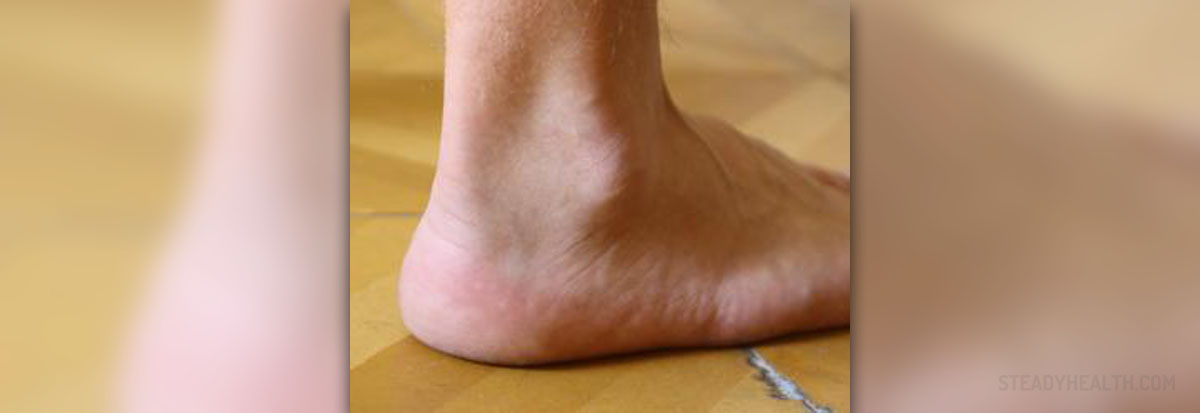
When it comes to thisspecific movement, what a person should know is that the plantar flexionrelates to a movement that initiates the foot motion, either away ortowards the person’s body. When it comes to the ankle itself, it is commonlyregarded as a hinged joint that has the ability to make motions in directionssame as the above. What enables this are the three bones known as the tibia(i.e. the shinbone), fibula (i.e. the small leg bone) and talus (large footbone).
Plantar flexionrevealed and explained
This particularaction is most commonly depicted as a motion that increases approximately 90degree between the tibia and the front part of the body. In a less complicatedmanner, it represents a motion away, as well as back towards the body of aperson who is performing the movement action sequence. As far as the motion range is concerned, itranges anywhere from 30 and all the way to 50 degrees. The muscles that aremost active during this movement sequence are peroneous longus (considered to bethe core plantar flexor everting the foot), gastrocnemius (facilitates Flexingof the knees), soleus (has the function of Flexing and fixating the ankle),plantaris (responsible for Flexing the knee and the ankle), and tibalisposterior (core ankle flexor responsible for foot inversion).
Downsides
In case the plantar flexionoccurs quite frequently, this could inevitably initiate the occurrence of suchissues as the pain in the heels, flat feet, disruption of usual activities performedin the course of the day and also to tight Achilles tendonitis. Fortunately,all of the above mentioned issues can be treated fairly easy. All a personneeds to do is stick to some of the effective exercises that are known to givegood results. Those exercises go as follows:
No. 1 – a personneeds to lie on the mat, keeping the knees in a straight position, whilepushing the feet away, and keep doing so until there occurs unpleasantness inthe ankle. Person should remain in this position for approximately 15 seconds, andafterwards go back to the neutral position.
No. 2 – a person needs to approach eithera table or a chair, and take up a straight up standing position. Feet ought tobe in alignment with the floor. Once this is achieved, a person needs to slowlyraise the toes and try standing on them for a couple of seconds. The repetitionrate should be ten to twenty times.




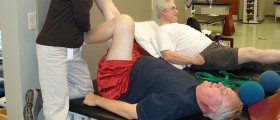

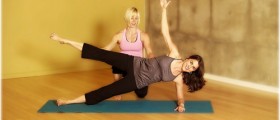
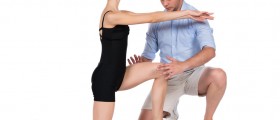
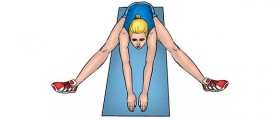
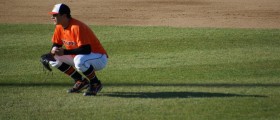


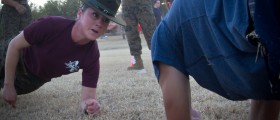
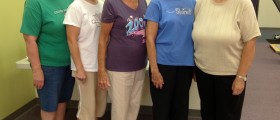
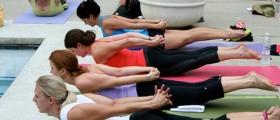
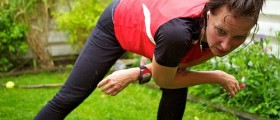

Your thoughts on this
Loading...